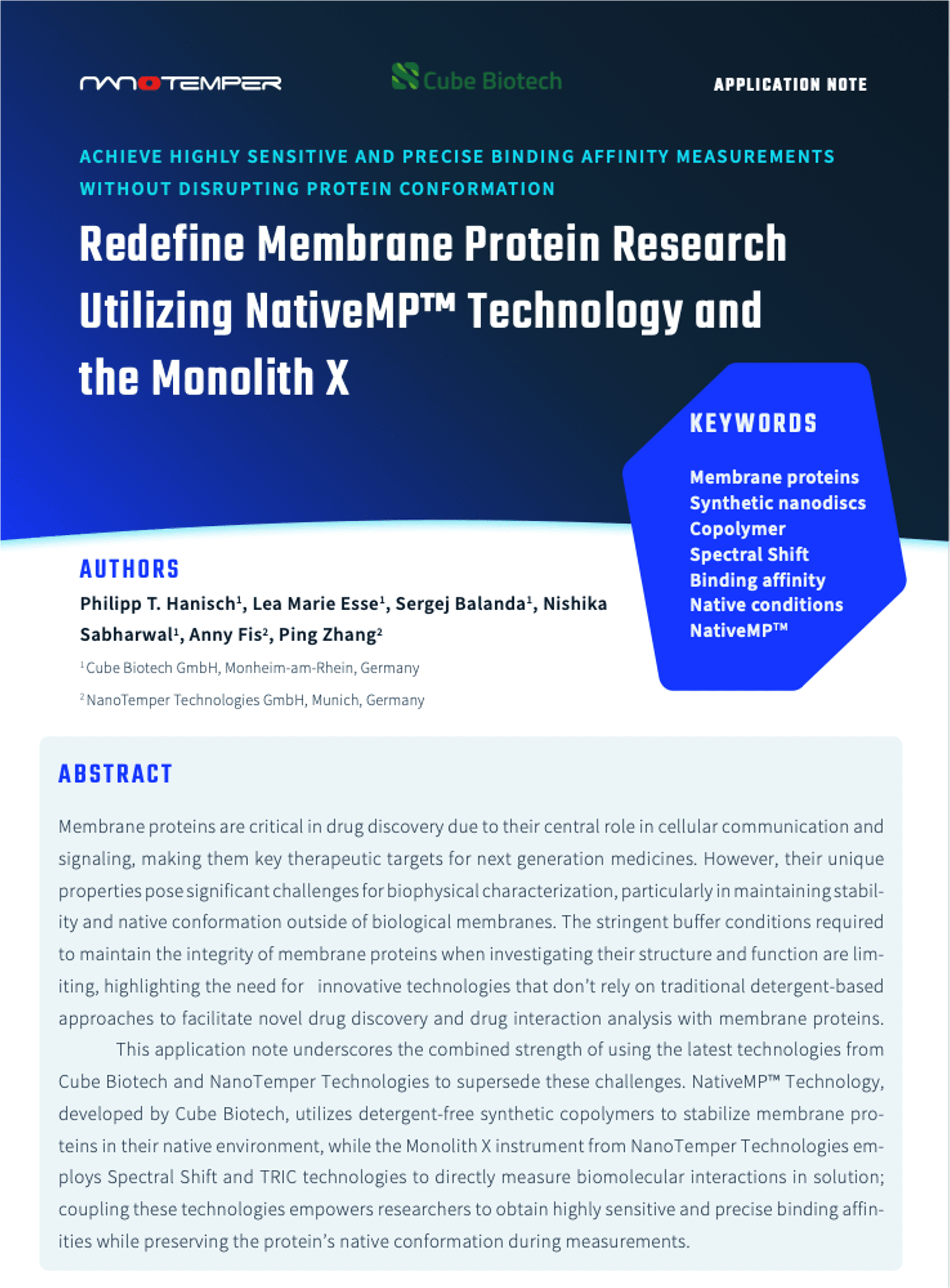
The native state of a protein is not one single conformation, but an ensemble of closely related structures that exist in equilibrium with non-native forms, including partially or even completely unfolded forms. This fact raises the question:
Can ligands bind to non-native conformations? Surprisingly, they can.
While binding to native forms result in a variety of effects such as changes in protein functionality and stabilization against unfolding, binding to non-native forms also occur and seems to be implicated in protein folding.
It’s often believed that an appropriate folded form is a requirement for proteins to interact with other molecules. However, sometimes the interaction with a ligand is required for a largely unfolded protein to acquire a specific structure, a process known as “folding upon binding”. Moreover, it’s been suggested that intrinsically disordered proteins may fold by being templated by the structure of its binding partner.
How does this affect the characterization of molecular interactions?
Binding of ligands to proteins can be characterized by several biophysical methods. Chemical denaturation is one of them, in which binding affinities can be determined indirectly by measuring the ligands effects on protein stability upon chemical denaturation.
Although useful, several studies have shown dramatic disagreements between dissociation constants (Kds) obtained by indirect methods and Kds measured using more direct methods like MST technology. The reason most likely lies behind the assumption that a ligand can bind only to the native state and not to the unfolded state. But is this assumption correct in the case of multi-domain proteins which are known to involve several unfolded intermediates throughout the folding routes? Could ligands bind to them with different affinities?
A study by Mazal et.al. from the Weizmann Institute of Science in Israel, digs into this problem and proposes a reasonable explanation for such discrepancies. It is a must-read for those studying binding affinities with multi-domain proteins. After all, they happen to constitute more than 75% of the eukaryotic proteome.










